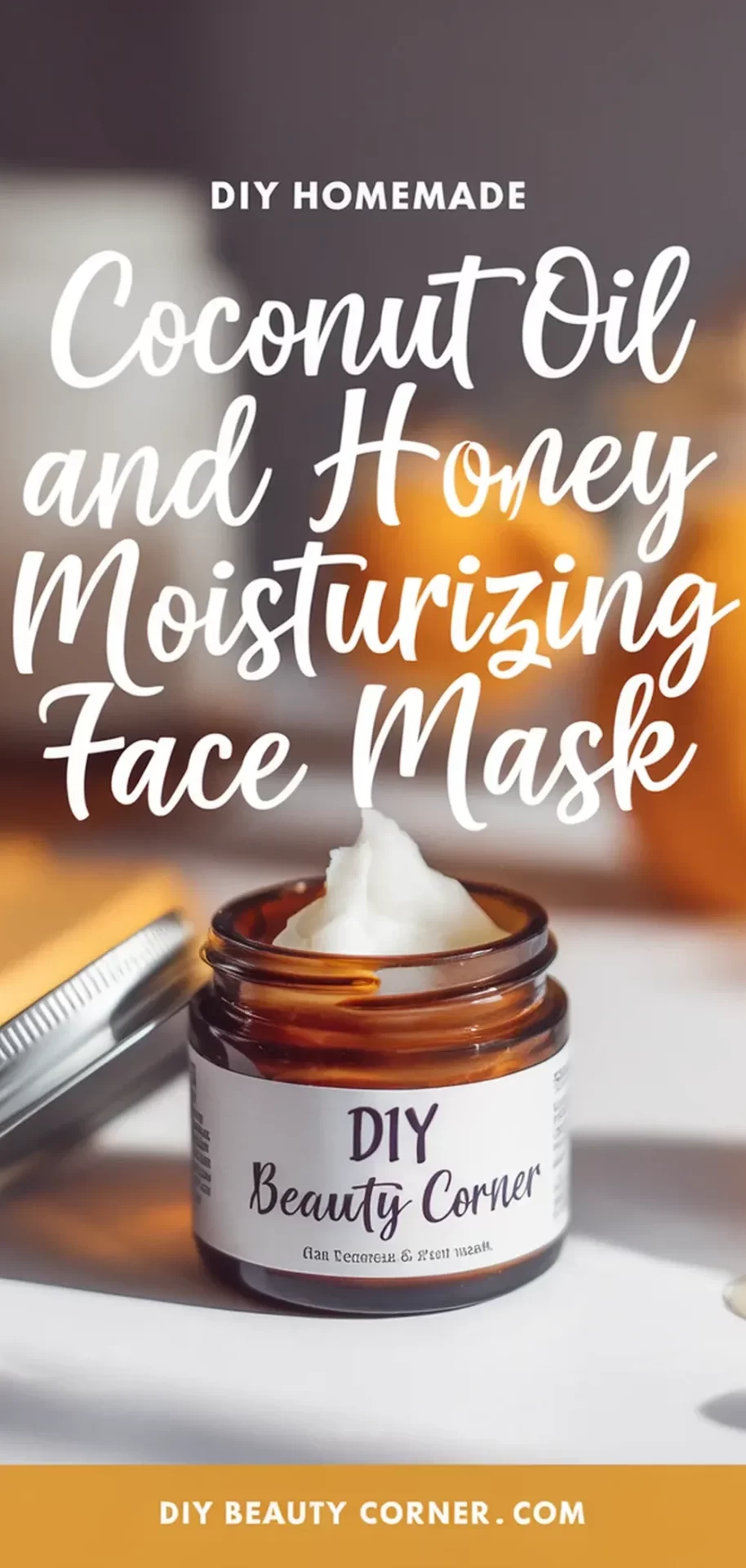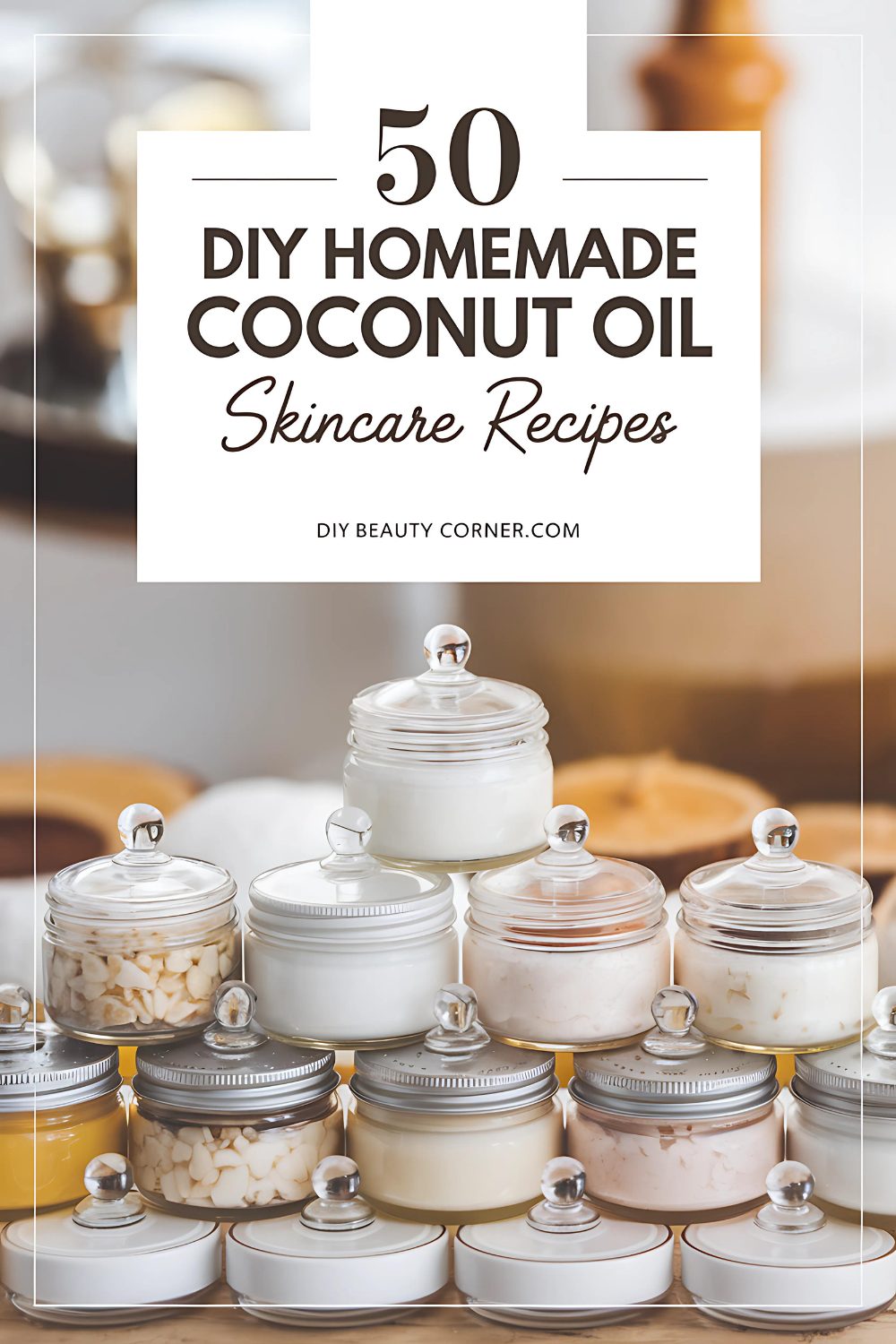
Coconut oil and honey have long been celebrated for their natural moisturizing properties, making them ideal ingredients for a nourishing face mask. This combination not only hydrates the skin but also brings a soothing effect, perfect for those dealing with dryness or irritation. I often find that using simple, natural ingredients allows me to create effective skincare solutions without harsh chemicals.
To make a coconut oil and honey face mask, all I need are two key components: organic virgin coconut oil and raw honey. Both of these ingredients are known for their beneficial properties—coconut oil helps to lock in moisture with its fatty acids, while honey provides antibacterial and anti-inflammatory benefits. With a few moments and minimal effort, I can mix them together to craft a treatment that leaves my skin feeling soft and rejuvenated.
In this blog post, I’ll guide you through the simple steps to create this effective mask. You’ll discover how to prepare it, the best application techniques, and tips for maximizing its benefits. Whether I’m in need of a quick hydration boost or a relaxing self-care ritual, this face mask is a staple in my skincare routine.
Preparing Your Ingredients
To create an effective and nourishing coconut oil and honey face mask, selecting high-quality ingredients is essential. Proper choices can enhance the benefits of the mask, ensuring your skin receives the best treatment possible.
Selecting High-Quality Coconut Oil
When choosing coconut oil, opt for organic, extra virgin varieties. This ensures that the oil retains maximum nutrients and is free from harmful chemicals.
Look for labels indicating “cold-pressed” or “unrefined.” These methods help preserve the oil’s beneficial properties, such as antioxidants and fatty acids.
To test its quality, examine the aroma; fresh coconut oil should have a mild, pleasant scent. Additionally, consider the texture; it should be smooth and free from any gritty particles.
Choosing Organic Honey
Organic honey is the best choice for my mask due to its purity and lack of additives. Raw, unprocessed honey retains essential vitamins and minerals that can promote skin health.
Check for certifications to ensure it’s genuinely organic. The darker the honey, typically the higher the antioxidant content, which can further benefit the skin.
Avoid honey that appears excessively filtered or processed. It often loses natural properties that contribute to its effectiveness in moisturizing and healing the skin.
Potential Additives and Their Benefits
Adding essential oils or other additives can enhance the mask’s effectiveness. For instance, lavender essential oil is known for its calming properties.
Another option is lemon essential oil, which can brighten skin tone, but I recommend testing it on a small area first due to possible sensitivity.
Always use additives sparingly; just a drop or two can suffice. This prevents overpowering the mask and ensures the original ingredients remain the primary focus for hydration and nourishment.
Creating and Applying the Face Mask
To effectively create a coconut oil and honey moisturizing face mask, I focus on mixing the right ingredients, applying the mask properly, understanding how long to leave it on, and caring for my skin post-application. Each step plays a crucial role in maximizing the benefits of this natural treatment.
Mixing the Ingredients
I start by combining 1 tablespoon of raw honey and 1 tablespoon of coconut oil. The raw honey provides hydration and has antibacterial properties, while the coconut oil nourishes the skin.
To prepare the mixture, I gently warm the coconut oil until it becomes liquid, making it easier to blend. Once melted, I combine it with the honey in a small bowl, ensuring both ingredients are mixed well. I aim for a smooth consistency, so there are no lumps. This ensures an even application on my skin.
Application Technique
When applying the face mask, I use my fingers, which allows me to control the amount of product on my skin. I begin by cleansing my face to remove any dirt or makeup. Then, I gently spread the mask on my face using small circular motions, making sure to cover all areas evenly, but avoiding my eyes.
It’s important to be gentle during this process, as harsh rubbing can irritate the skin. I pay special attention to dry or problematic areas, ensuring they receive extra moisture from the mask.
Duration and Frequency of Use
I typically leave the mask on for 10 to 15 minutes. This allows enough time for the ingredients to penetrate and nourish my skin. I set a timer to avoid leaving it on too long, which can cause irritation.
For optimal results, I use this face mask twice a week. This frequency helps maintain hydration, especially in dry weather. However, I listen to my skin and adjust as needed. If I experience any irritation, I reduce the frequency.
Rinsing and Post-Application Care
After the designated time, I rinse my face with warm water to remove the mask. I ensure that all residues are washed away to prevent any stickiness.
Once rinsed, I pat my face dry with a soft towel. Following the mask, I apply a light moisturizer to seal in the hydration and keep my skin feeling soft. I choose a product free of harsh chemicals to maintain the benefits from the mask.


